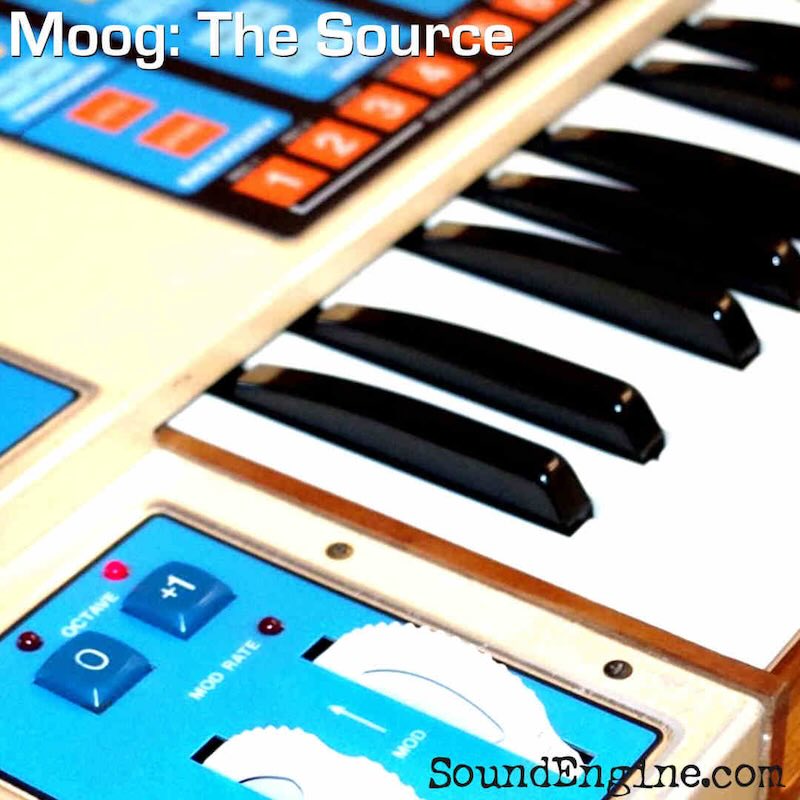REQ: SoundEngine Moog The Source Kontakt

Moog The Source - Sampled with Precision. Restored with Passion.
I took it to the local Moog repair source in the Bay Area – This Old Synth. Chris did a great job. He found several issues, and got this baby back up and running. He:
Replaced the factory sounds
Replaced the battery
Performed the “Crazy Fox” 5V regulator fix – I didn’t know such a thing existed
Replaced a bad CD5051 CV chip
Replaced a bad 100 ohm resistor replaced to re-enable keyboard scaling. Also changed the keyboard current source 4558 chip in case strained as cheap part
Did a burn-in-test
Once I got it home, I sampled it on minor thirds at 48Khz, 24-bit through a PreSonus Studio Live 32 console over Firewire directly into my Mac. From there, I used a number of editors to get you the samples you hear today, including SoundForge Mac, DSP Quattro, and Wavelab.
The Source was Moog’s first synthesizer to offer patch memory storage. The design was also the first (and only) Moog synthesizer to feature a flat-panel membrane keyboard to replace the standard buttons, knobs and sliders, along with multihued panel graphics that were very different from anything Moog offered at the time.
Sound wise it is considered to sound more like the original Moog Minimoog than any other synthesizer made by Moog and was introduced as its replacement.
In addition to the memory capable of holding 16 presets, the Source features a 37-note keyboard, and two VCOs that can be selected among three waveforms and three octaves. Programmed presets can be saved to an audiocassette interface to free up the onboard memory for additional new patches.
The 24dB/octave VCF has parameters for keyboard tracking, cutoff frequency, resonance, and envelope amount. There are two ADSR envelope generators that can be set in single or multi trigger modes, one for the VCF and one for the VCA.
For modulation, the Source features LFO and sample and hold. The unit also features a rudimentary sequencer. The Source was made in at least 2 versions the latter offering more voltage control options.
The instrument was used extensively by the band Devo on their 1981 album New Traditionalists, and the band also appeared in early print ads for the keyboard. The Source was also used by Toby Smith, keyboard player from the band Jamiroquai, Depeche Mode and most notably by New Order, especially on the track “Blue Monday”. (Wikipedia)
In this library, you will receive at least 525 samples and at least 50 presets – I’m programming more all the time, as these samples are really good.
